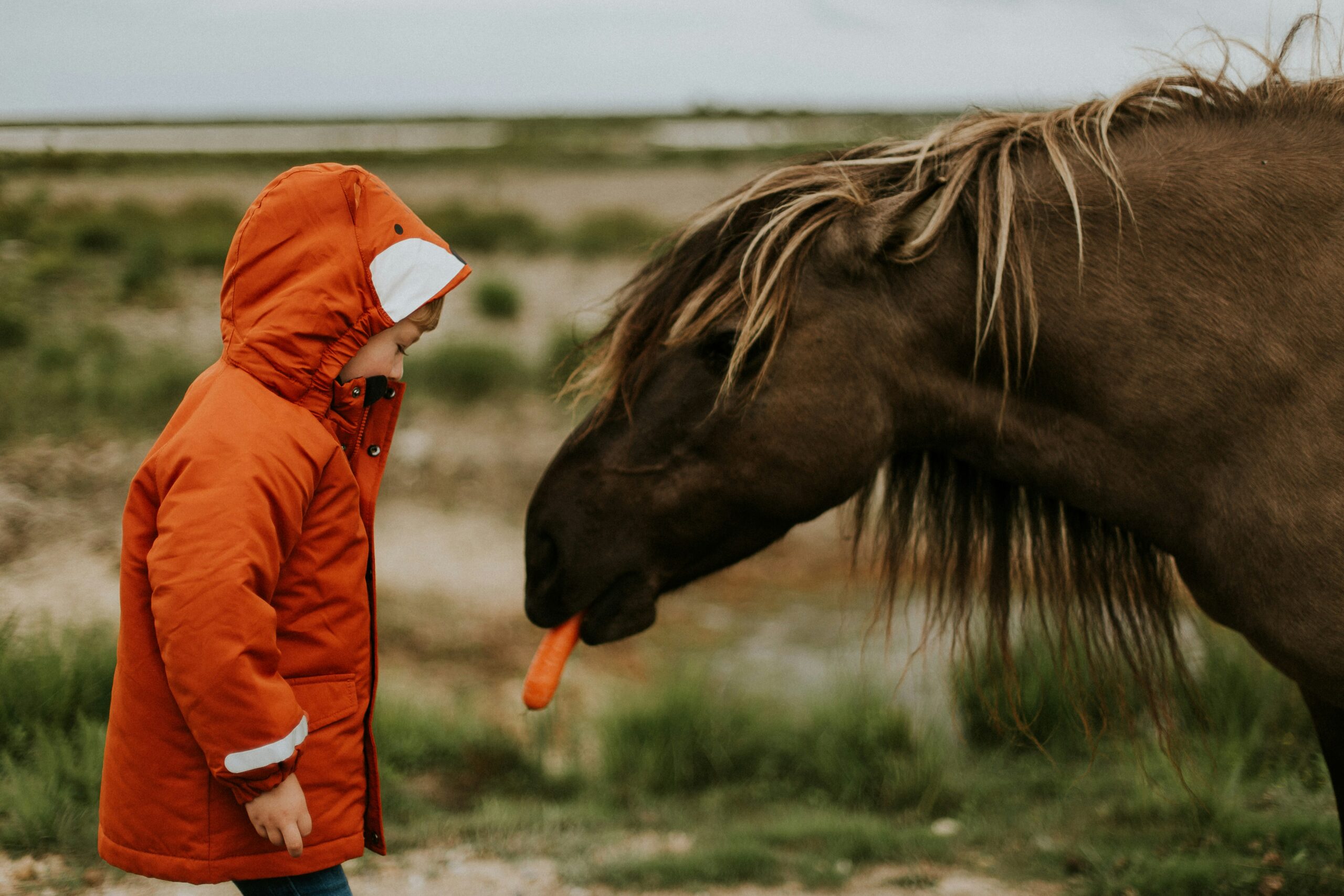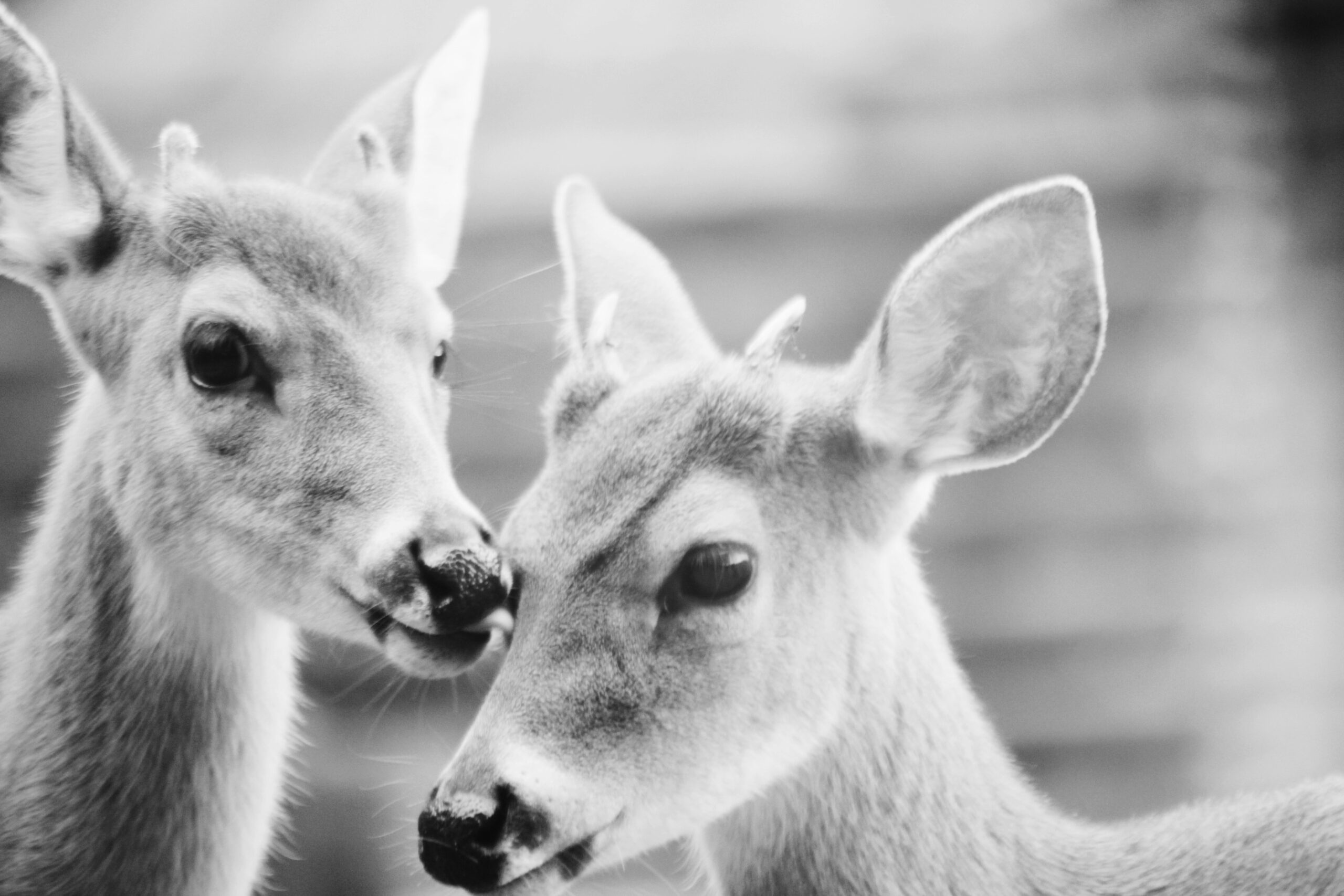Introduction
In late 2019, a mysterious illness emerged in Wuhan, China, sparking global concern. Dubbed “Wuhan Pneumonia,” this outbreak, later identified as COVID-19, gripped the world, leaving scientists scrambling to uncover its origins. A groundbreaking study published in the Journal of Medical Virology pointed to an intriguing path: from bats to snakes, and ultimately to humans. This article delves into the science behind this zoonotic journey, exploring how a virus leapt from wildlife to humans, igniting a global pandemic. #WuhanPneumonia
The Zoonotic Trail: From Bats to Snakes
Bats have long been known as reservoirs for coronaviruses, harboring pathogens that rarely cause them harm. The Journal of Medical Virology study revealed that the novel coronavirus, SARS-CoV-2, shares a striking 96% genetic similarity with a bat coronavirus, suggesting bats as the primary source. But the story doesn’t end there. Researchers hypothesized that snakes, sold alongside bats at Wuhan’s Huanan Seafood Wholesale Market, could have been an intermediate host. Genetic analysis showed that SARS-CoV-2’s spike protein, which allows it to infect host cells, has similarities to viruses found in snakes, hinting at a possible cross-species leap. This bustling market, with its mix of live animals, created a perfect storm for viral transmission.
The Leap to Humans
How did a virus from bats and potentially snakes reach humans? The Huanan Market, a hub for exotic wildlife trade, provided the answer. Stalls packed with animals like bats, snakes, and civets facilitated close contact, allowing the virus to mutate and adapt. The study suggests that SARS-CoV-2’s ability to bind to human ACE2 receptors—a critical step for infection—likely developed through natural selection or recombination events in an intermediate host. This leap, possibly through aerosols or contaminated surfaces, marked the beginning of the outbreak that would spread to millions.
Unraveling the Science
The Journal of Medical Virology study used advanced bioinformatics to compare SARS-CoV-2’s genetic code with that of other coronaviruses. While bats were the likely origin, the snake hypothesis stirred debate. Some experts, like virologist Edward Holmes, criticized the methodology, arguing that codon bias analysis overstated snakes’ role. Despite this, the study opened a vital scientific dialogue, emphasizing the need to investigate wildlife markets as breeding grounds for zoonotic diseases. The findings underscored the complexity of tracing viral origins, with ongoing research needed to confirm the intermediate host.
Why It Matters
Understanding the origins of #WuhanPneumonia is more than a scientific quest—it’s a call to action. Wet markets, where diverse species are caged together, create ideal conditions for viral spillovers. This outbreak, which began with a single transmission event, highlights the risks of unregulated wildlife trade. By studying these pathways, scientists aim to develop strategies to prevent future pandemics, from stricter market regulations to enhanced surveillance of animal reservoirs.
Conclusion
The journey of SARS-CoV-2 from bats to snakes to humans reveals the intricate web of zoonotic diseases. The Journal of Medical Virology study, though debated, sheds light on how viruses exploit human-animal interactions to unleash global crises. As we reflect on #WuhanPneumonia, the lesson is clear: protecting public health means rethinking our relationship with wildlife. By addressing these risks, we can hope to prevent the next pandemic before it begins.




